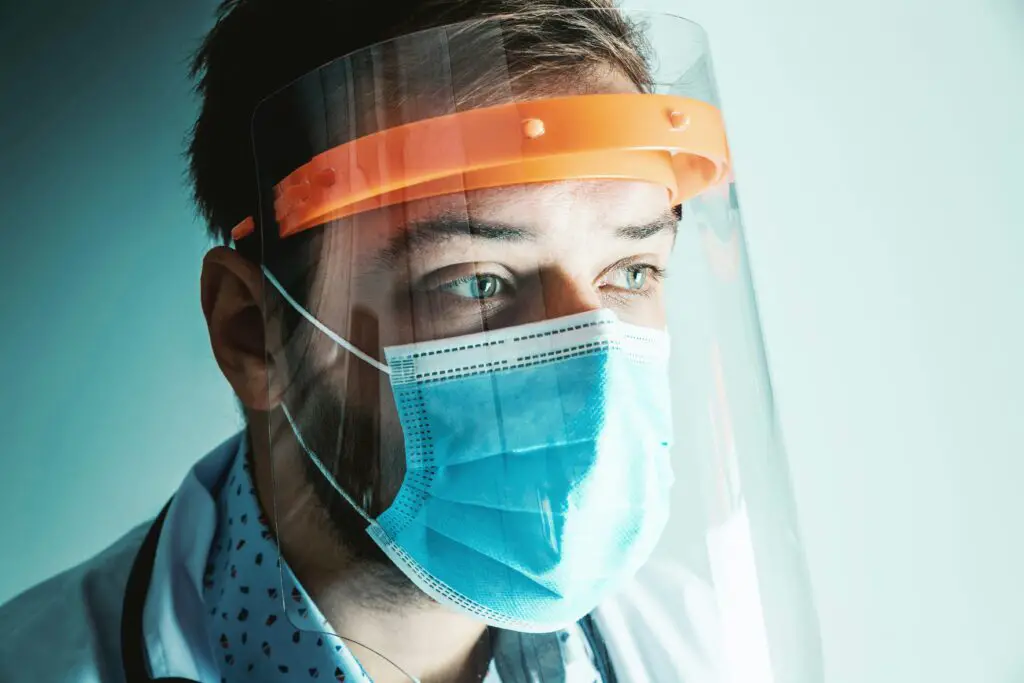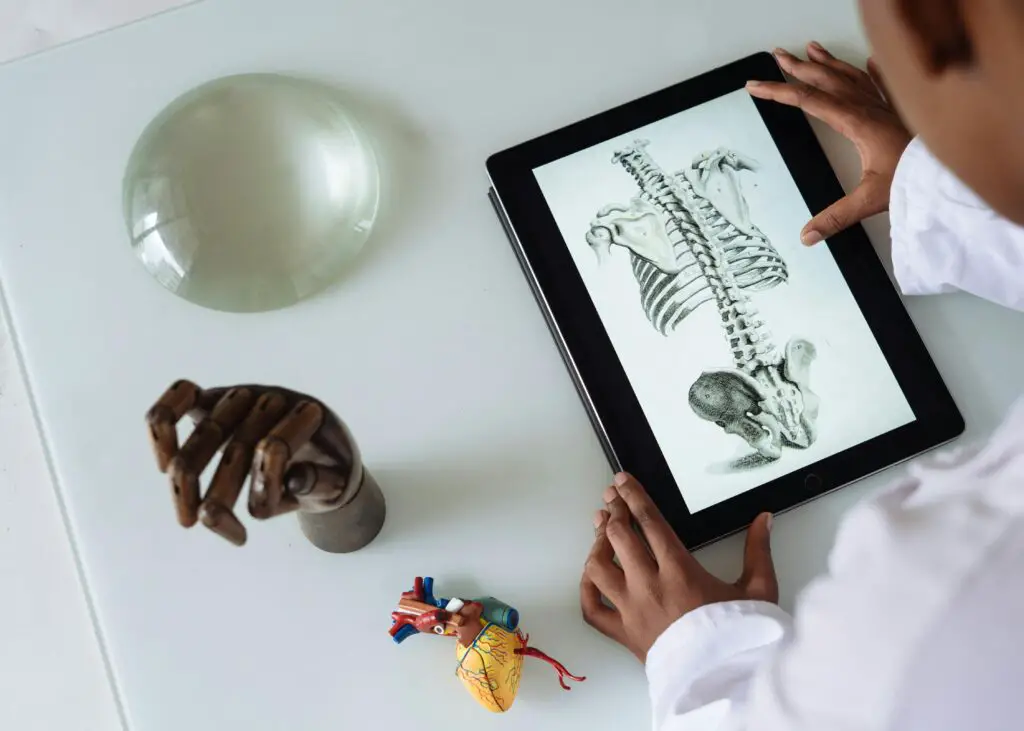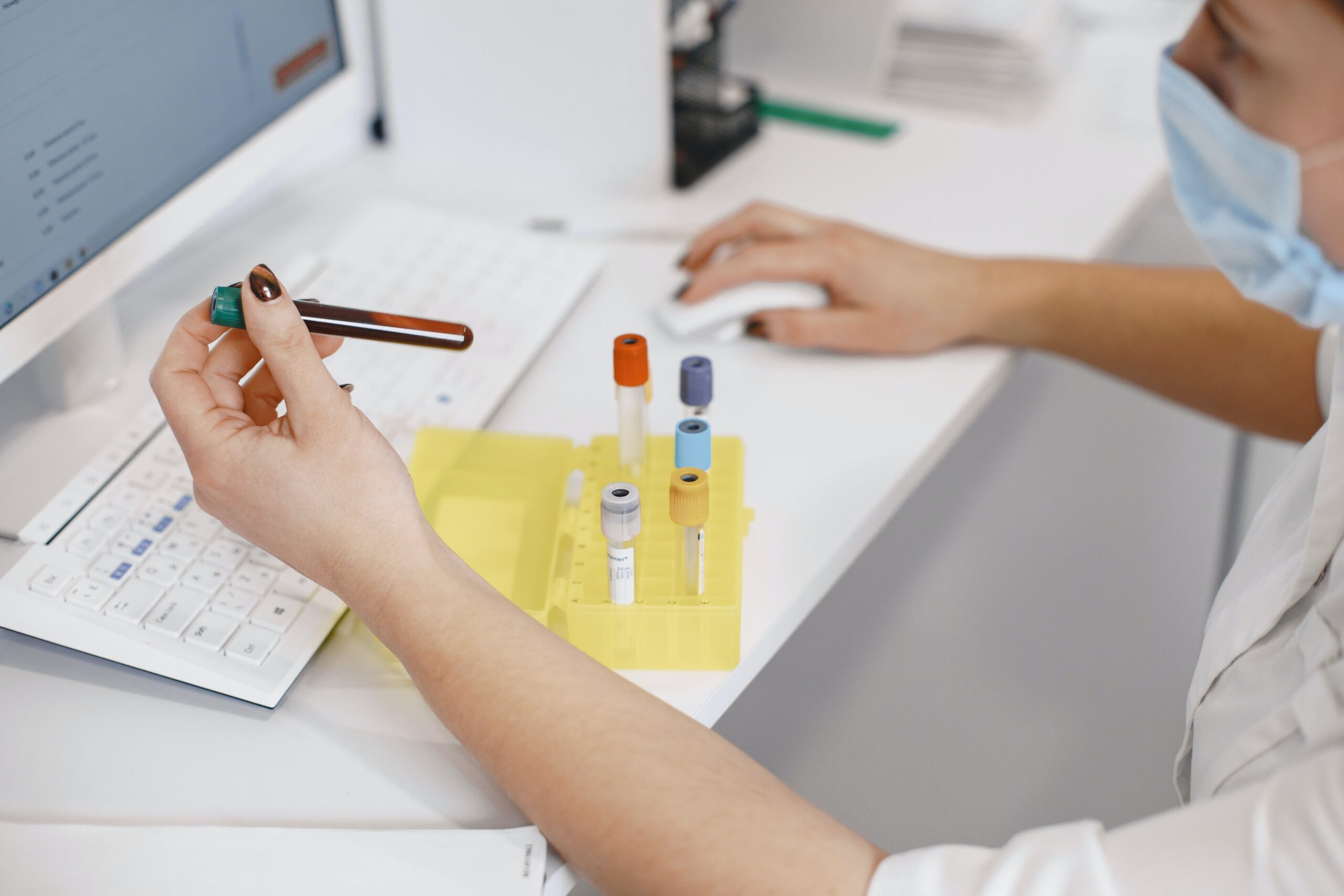From 0nline seminars to virtual reality and educational escape rooms – the way budding nurses are taught today is far more flexible and innovative than it once was.
A number of societal factors have determined the exponential growth in technological advancements in the field. This includes the advent of the COVID-19 pandemic and its inevitable and sudden thrust to virtual communication means; general technological advancements across society and the increasingly technological application of nursing and general healthcare practice. Just take a look at the education and training landscape: there are more accelerated online BSN programs and healthcare training opportunities available than ever before.
A recent study published in 2022, found that technology in nursing education is used in both classroom teaching and clinical settings. The study ascertained that both applications were instrumental to “compliment learning” for all nursing students.
Researchers also found that the technological application of nursing education was critical knowledge for graduates. A 2021 survey revealed that 39% of respondents were of the impression that their nursing educational providers plan to offer more online courses post-pandemic.
So, how did we get here?
Naturally, the predominant shift to virtual communication in both the practice of nursing and the dissemination of nursing education, were by and largely fuelled by the COVID-19 global pandemic.
The global health crisis created an unprecedented demand for healthcare services. This included coordinated efforts in healthcare administration, including the highly observed global rollout of various COVID-19 vaccines, treatment of virus-infected people with and without ventilators and other emergency responses such as widespread testing.
However, pandemic-fuelled healthcare administration also included the less obvious demand for increased healthcare education, including for example, the virtual up-skilling of existing nursing practitioners. These efforts were coordinated to disseminate an extraordinary amount of information required to assist in a worldwide crisis.

To understand technological advancements in nursing education, it’s imperative to first analyze the electronic shift in medical practice.
What are the tech-related changes in medical practice?
There are a plethora of technological advancements in healthcare that have ultimately revolutionized the industry. These innovations have ensured that learning about medical technology is “integral” to vocational studies such as nursing. There are many known and less-known technological innovations that are applied throughout the healthcare industry today. These include:
· Telehealth
Just about anyone who’s lived through the COVID-19 pandemic would have engaged in a Telehealth appointment with a healthcare practitioner at some stage. This could involve anyone from a GP to a physio; specialist doctor, nurse and imperatively, mental healthcare practitioners including psychologists and psychiatrists.
Telehealth means can include telephone and video virtual appointments. The advent of virtual healthcare increases flexibility for both healthcare providers, as well as patients. Patients might otherwise be in remote locations and unable to travel to sites, as one example of a lack of accessibility. Therefore, virtual healthcare provides increased means of access to patients on a wider scale.
· Electronic Medical Records (EMRs) and Electronic Medication Administration Records (EMARs)
Electronic medical records and electronic medication administration records allow the clear communication of patient information to all relevant healthcare providers. The digitization of records prevents miscommunication through illegible handwriting and minimizes processing time, such as the timely faxing of details from one provider to another. It can also allow providers the ability to access information from anywhere (including from the home) and clearly displays historical information that is often crucial when assessing a patient’s medical history.
· Real-time Location Systems (RTLS)
Real-time location systems (or RTLS) are technologies that allow the real-time location tracking of medical equipment, staff and patients using a combination of communication networks, software applications and various sensors. This can allow the optimization of patient care processes and the ability to effectively manage vital medical equipment, resources or devices.
· Wireless Patient Monitoring Devices
Similar to the use of a FitBit in that the device monitors and records the wearer’s bodily functions; wireless patient monitoring devices track patients’ vital signs and other health indicators including sleep quality, heart rate and blood pressure. The device then conveys this data in real-time to their monitoring healthcare provider. This allows greater transparency and insight into patients’ potential ongoing symptoms, with closer observation as those patients are tracked in real-time.
Nursing students are able to utilize technological innovations in medical practice through applying skills and knowledge of technology in clinical settings. Students will also be required to learn the operation of such equipment and technologies moving forward; they will be increasingly required to apply the practices using medical technology, as they begin working in the field.

Along with the regular means of electronic and virtual communication in learning systems (such as online lectures, theoretical tests and collaboration forums), budding nurses are increasingly exposed to more interactive forms of learning. These include virtual reality and simulated experiences, both of which create the opportunity for a safer and more controlled environment in which students can practice and apply their learning without potential health ramifications on living ‘guinea pig’ patients. More specifically, students have access to:
· Immersive Virtual Reality (VR) Simulations
VR simulations are computer-generated environments that immerse students in realistic clinical settings, allowing them to interact with virtual patients and practice their diverse clinical skills. These can include complex, multi-patient situations, simple skill-based scenarios or even capability-based educational escape rooms that require application of numerous skills and knowledge to solve.
Interactive virtual environments allow students a more practical and memorable method of experiencing potential challenges they are likely to encounter in the field, without having to be physically present in placement, for example.
· High-Fidelity Mannequins
High-fidelity mannequins are computerized avatars that closely resemble real patients by mimicking physiological responses such as changes in blood pressure, heart rate and respiratory responses. This can allow students the opportunity to practice highly involved clinical scenarios, such as responding to a patient experiencing cardiac arrest, without the risks involved with responding to the real-life equivalent.
As technology becomes more widespread on a general scale, we as consumers are becoming more aware of the challenges as well as the benefits that these technologies present. In examining the benefits with specific focus on nursing and nursing education technology, many parallels can be observed in the benefits of technology on society in general, such as:
• Improved accessibility
This can be seen through the implementation of electronic medical records that allow for increased clarity and accuracy of vital health information
• Increased communication
This includes online instant messaging, improved intercom systems in clinical settings, practitioner collaboration tools and the advent of Telehealth for more flexible, accessible and readily available healthcare
• Diversification and personalization of educational methods
With more varied and virtual learning applications such as mobile apps, online VR tests, simulated interviews and the increased interactivity of previously unengaging content; students are more likely to view their content as tailored to them personally. The diverse nature of the learning materials are also more likely to create higher retention through the creation of episodic memories – memories of events rather than simple rote theories as conventionally learnt through textbooks.
Like all industries, healthcare, nursing and nursing education are all products of an increasingly digitized world. Technological innovation in medical and nursing practices has improved accessibility, transparency and communication between patients and practitioners. In turn, nursing education has reflected these advances, incorporating education about emerging technologies as vital components of the existing curricular.
Nursing education has adapted since the sudden advent of the COVID-19 global pandemic that forced institutions online, after which much of it remained. Modern nursing educational content is now also conveyed through various virtual means, including the more traditional online seminars and tests, as well as more interactive forms including virtual reality and scenario digital simulations. Technological innovation in nursing education has diversified and personified learning avenues, creating a more engaging and nuanced educational experience for all students.








